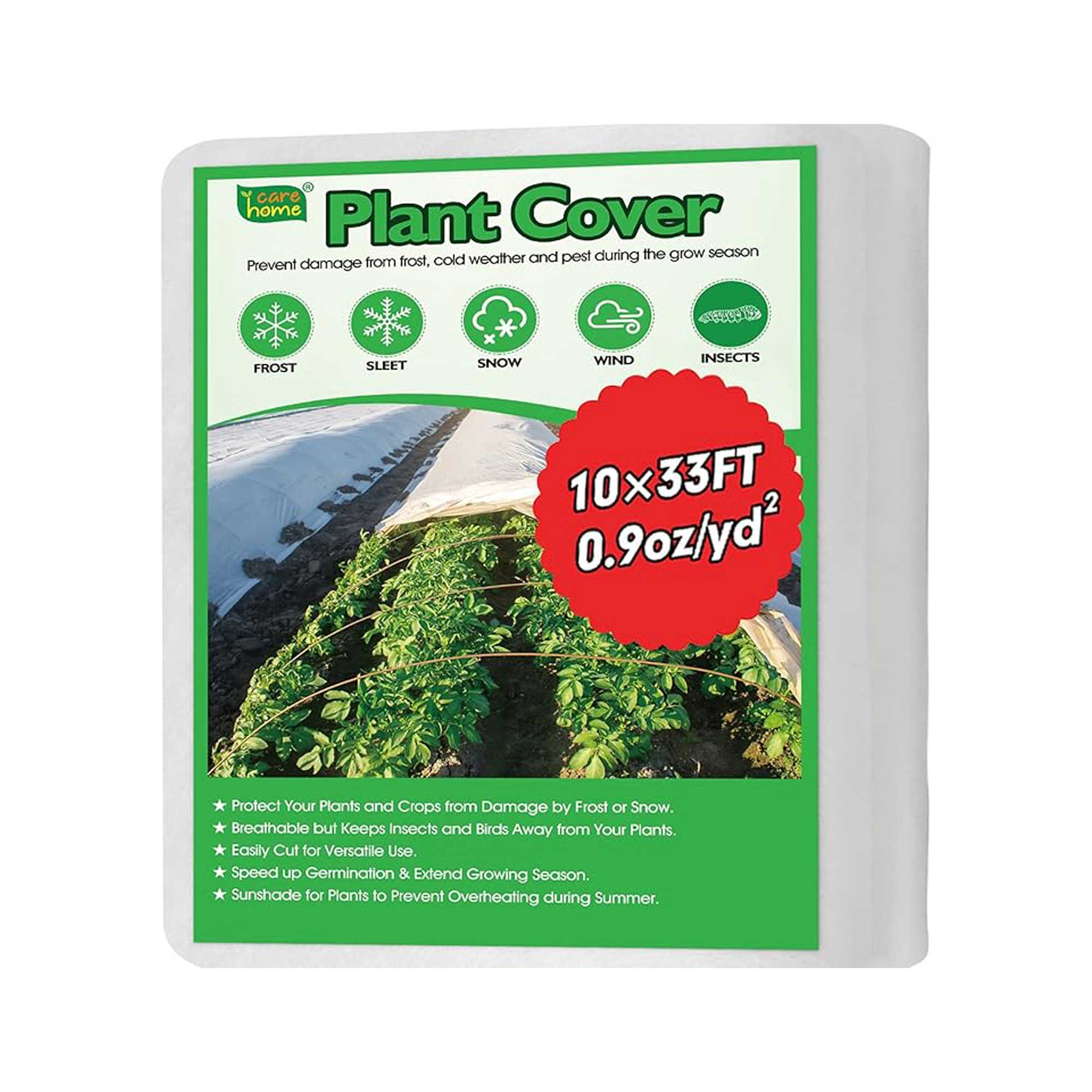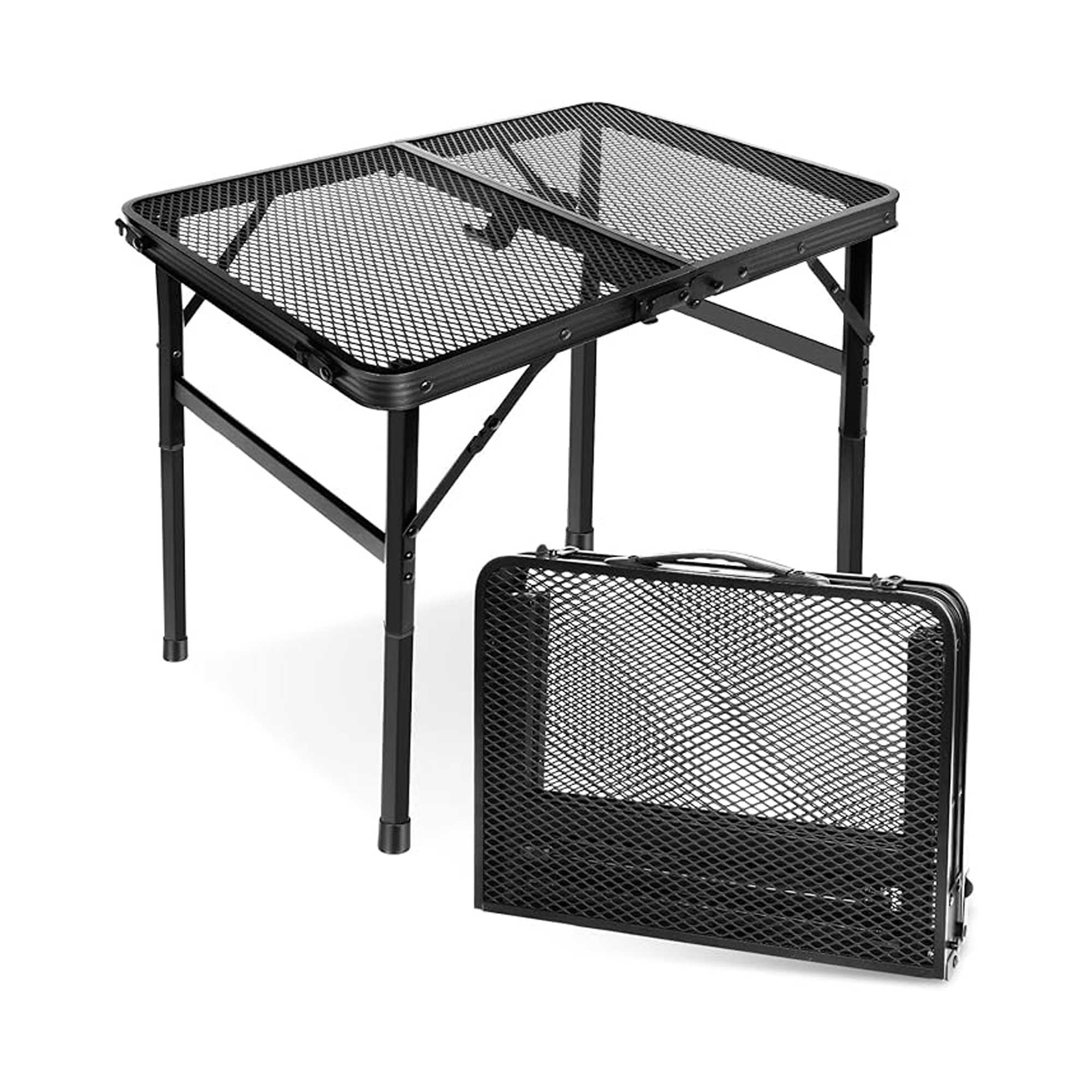Martha Stewart’s Genius Secret to Keeping Tropical Plants Alive All Winter Might Surprise You – It’s All About DIY Greenhouses
Martha reminds us that anyone living in a four-season climate should protect tropical plants by moving them into temperature-controlled spaces before winter sets in


As the temperature begins to dip, we are already thinking about how our beloved greenery will fare in the winter months. Leave it to Martha Stewart to bestow some wisdom on the best ways to winterize our plants.
'Every year, I evaluate the needs of my plants and decide where they will be stored for the winter months,' she captions an Instagram post of her greenhouse-hosted greenery. 'All my tropical container specimens are now inside heat and humidity-controlled hoop houses.'
Lucky for us, she detailed the process and significance of moving specific plants into a greenhouse on her blog, and we are taking notes.
A post shared by Martha Stewart (@marthastewart48)
A photo posted by on
Shop plant winterizing essentials

This plant frost cloth can be quickly and easily wrapped around palm trees to protect them from the worst of the winter weather.

This table comes in four different sizes and is easily portable, whether you want to use it as an extra surface in your greenhouse or to take on your next camping trip.

Protect your hands from irritation when handling any plants with this pack of five durable and strong gardening gloves.
Martha stresses that those of us who live in colder regions (or simply experience all four seasons) should be diligent about moving tropical plants into a heat-controlled space when the temperature dips (we are partial to a DIY greenhouse).
'Because I live in a four-season region, during colder months, it’s crucial these plants move inside, where the temperature and humidity levels can be monitored and controlled,' she writes on her blog. 'Plants that spent the summer at Skylands, my home in Maine, are brought back to Bedford for storage. Most of them are kept in one of four sizable hoop houses. It’s a tedious process to put all of them away, but a very important one that keeps all my plants in excellent condition.'
She says that she arranges her plants by their care instructions, so all tropical plants are housed in one area.
'All the plants from around the farm are brought to their designated houses – organized and assigned by type and care needs,' she explains. 'I instruct the crew when it is time to start putting them inside and how long they have to get the job done. It’s important to watch the weather forecast closely for nighttime frost.'
Design expertise in your inbox – from inspiring decorating ideas and beautiful celebrity homes to practical gardening advice and shopping round-ups.
In the spirit of DIY, Martha keeps her plants on yet another plant, which she reuses as makeshift stools.
'I repurpose boards and stumps from downed trees to use as shelves and risers for some of the potted plants. It’s important to make use of both horizontal and vertical space when storing. A lot of the wood comes from the old, diseased ash trees that were taken down.'
She continues, 'Using stumps of various heights is the best use of vertical space, so plants can be stored closer together and not be in each other’s way. Be sure to use stumps that are larger than the pot bottom.'
Alternatively, this Amazon table is a great option, but we have to say, we love the all natural look of tree stumps.

Hannah is Homes & Gardens’ News Editor, with a focus on celebrity style and entertainment content. She got her start in media as a digital editorial assistant at ELLE Canada, and has since written about lifestyle and culture for publications such as Nylon and i-D.
Her love of film is rivaled only by one with a great soundtrack, and she hopes to someday decorate a Nancy Meyers-worthy kitchen.